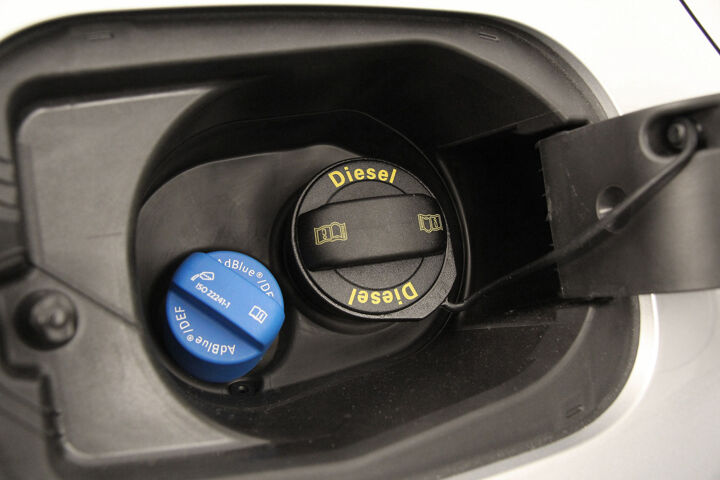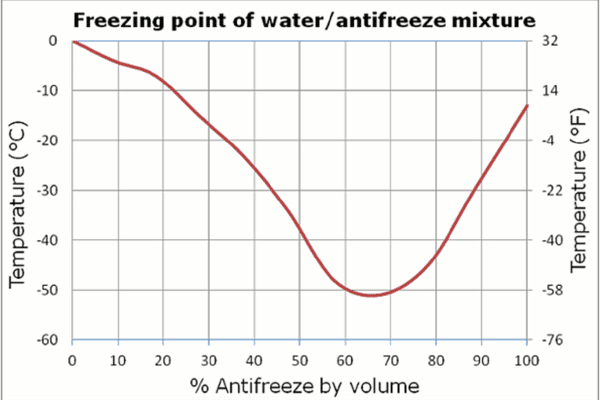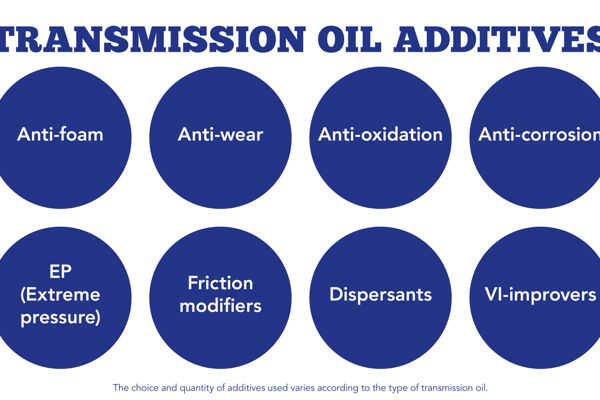
The Importance of TBN
TBN indicates the acid-neutralising capacity of an oil. Essential when using sulphur-rich fuel and under heavy-duty conditions, to protect against corrosion and wear.
May 18, 2020

AdBlue is a clear mixture of demineralised water and pure urea (32.5%) and is also referred to as Diesel Exhaust Fluid or AUS 32. It is designed to reduce harmful emissions of nitrogen oxides (NOx) from diesel vehicles to non-hazardous gases, in order to comply with more stringent emission standards.
AdBlue is used in vehicles with a Selective Catalytic Reduction catalyst, or SCR. An SCR catalyst ensures that exhaust gases are treated before they leave the vehicle. A large proportion of the heavy-duty vehicles complying with the Euro 4, Euro 5 and Euro 6 standards are equipped with an SCR system and therefore use AdBlue. This applies to most trucks after 2005; the first passenger cars with diesel engines and SCR were introduced in response to the Euro 6 standard in 2014.
An SCR is located behind the particulate filter in the exhaust. When a certain amount of NOx wants to enter the catalyst, a measured dose of AdBlue is injected from the AdBlue reservoir. The AdBlue is converted by the SCR catalyst into ammonia and a small amount of carbon dioxide. The formed ammonia reacts with the NOx, creating the non-hazardous substances nitrogen and water. The SCR catalyst ensures that this reaction takes place quickly and sufficiently.
When driving a vehicle using AdBlue, you will get a message on the dashboard if the AdBlue needs to be topped up. You can do this yourself or have it done at your garage. It is important to follow up this message as soon as possible; a too low AdBlue level may prevent your vehicle from starting.
The location of the AdBlue reservoir varies. For passenger cars, it is usually located next to the diesel filling aperture, recognisable by the blue cap. Sometimes, however, the AdBlue tank is located in a different place. Consult your vehicle’s manual if necessary. For trucks, it is often possible to refill AdBlue at the larger filling stations, for passenger cars and vans small package sizes are available. However, it is important that the AdBlue is not refilled until you receive a refill-notification. If the reservoir is refilled earlier and thus becomes too full, the liquid crystallises at the filling neck, which can deform as a result. If AdBlue is spilled, it is advisable to remove the liquid with a sponge and warm water.
In order to protect your vehicle optimally, it is also important that the correct engine oil is used. For vehicles with SCR system, OEMs prescribe low SAPS and mid SAPS engine oils that are safe for aftertreatment systems. For the truck segment these engine oils can be identified by the basic specification ACEA E6 or E9, for passenger cars this is ACEA C1 to C5. Are you curious which engine oil is suitable for your vehicle and which drain intervals are recommended? Then consult our Oil Advisor.
In order for your SCR system to function correctly, it is important to use high quality AdBlue. The Eurol range includes AdBlue from Eurol in 5L, 10L and 200L packaging formats that meet the ISO 22241 standard. Read more about AdBlue from Eurol and its sale locations here.

TBN indicates the acid-neutralising capacity of an oil. Essential when using sulphur-rich fuel and under heavy-duty conditions, to protect against corrosion and wear.

Extreme conditions in mining cause wear and downtime. Eurol offers solutions to improve the lifespan and efficiency of machinery.

What does a coolant actually do, what are the differences between technologies, and what properties do they have? Why is it no longer possible to make a choice based on the...

Fuel savings, smoother shifting, extended lifespan, and smaller sump capacities: these are the main driving forces for innovations in the field of transmission.

TBN indicates the acid-neutralising capacity of an oil. Essential when using sulphur-rich fuel and under heavy-duty conditions, to protect against corrosion and wear.

Extreme conditions in mining cause wear and downtime. Eurol offers solutions to improve the lifespan and efficiency of machinery.

What does a coolant actually do, what are the differences between technologies, and what properties do they have? Why is it no longer possible to make a choice based on the...

Fuel savings, smoother shifting, extended lifespan, and smaller sump capacities: these are the main driving forces for innovations in the field of transmission.
